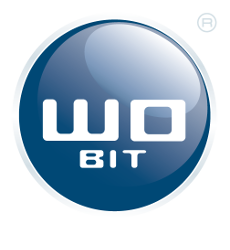The WObit company offers a wide range of stepper motors from miniature 2-phase, miniature with integrated gears, through linear actuators, classic motors with 35, 39, 42, 57, 86 mm diameters to the strongest hybrids with orifice format 85 and 110mm.
In addition to the two-phase, there are also motors with a larger number of bands, three-phase motors and five-phase motors. Particularly, five-phase motors, despite the fact that they require more control (5 control bridges), are characterized by greater dynamics, precision, holding torque and lower torque oscillations.
Applications of stepper motors
Stepper motors are perfect for places where positioning accuracy is crucial, while rotational speed does not play a big role in a given application. In addition, the positioning accuracy can be increased by using appropriate control and equipping the motor with an encoder.
The advantage of easy positioning of the motor creates many application possibilities: from automation in industry, through devices in the field of medical technology, applications in the automotive industry to the toy and advertising industry.
Advantages of stepper motors
The most important advantages of the stepper motor include the ability to control the angle of rotation without the use of feedback, work at low angular speeds, and the ability to quickly change the direction of movement, accelerate, and brake. Compared to DC motors, they do not have brushes, which significantly extend the service life, as it depends only on the quality of the bearings.
The advantage is also the attractive price due to the simple structure. The fact that the stepper motor can operate in an open loop, i.e. without a position controlling sensor, simplifies the design of many circuits.
However, these drives will not work in all applications due to high power consumption, motor heating, low rotational speed, and the possible loss of steps.
For the needs of the application, these disadvantages can be adequately mitigated, e.g. using a control. The sensor is then introduced into the control system in a feedback loop, and the following control system is implemented.
